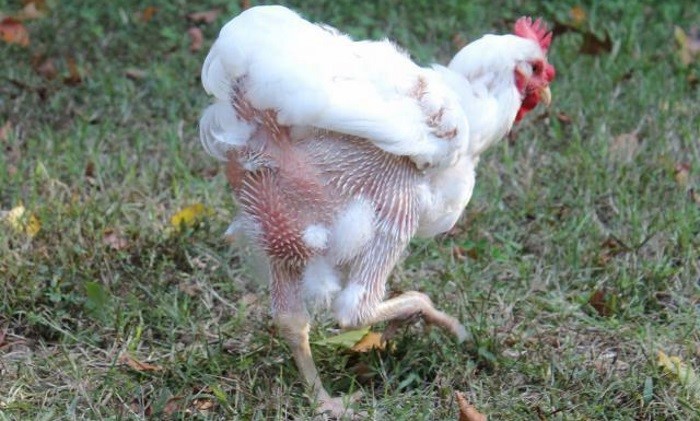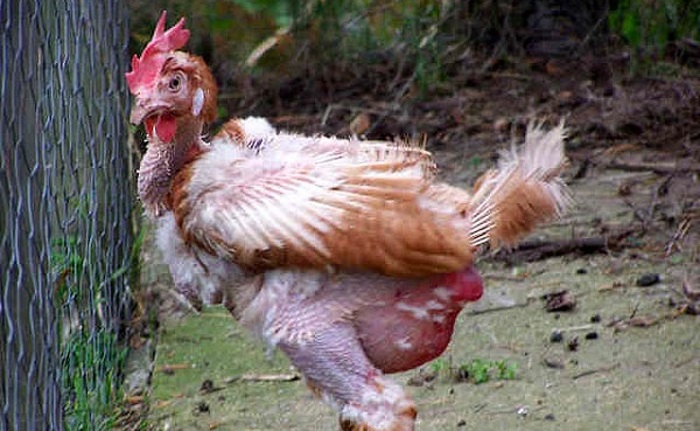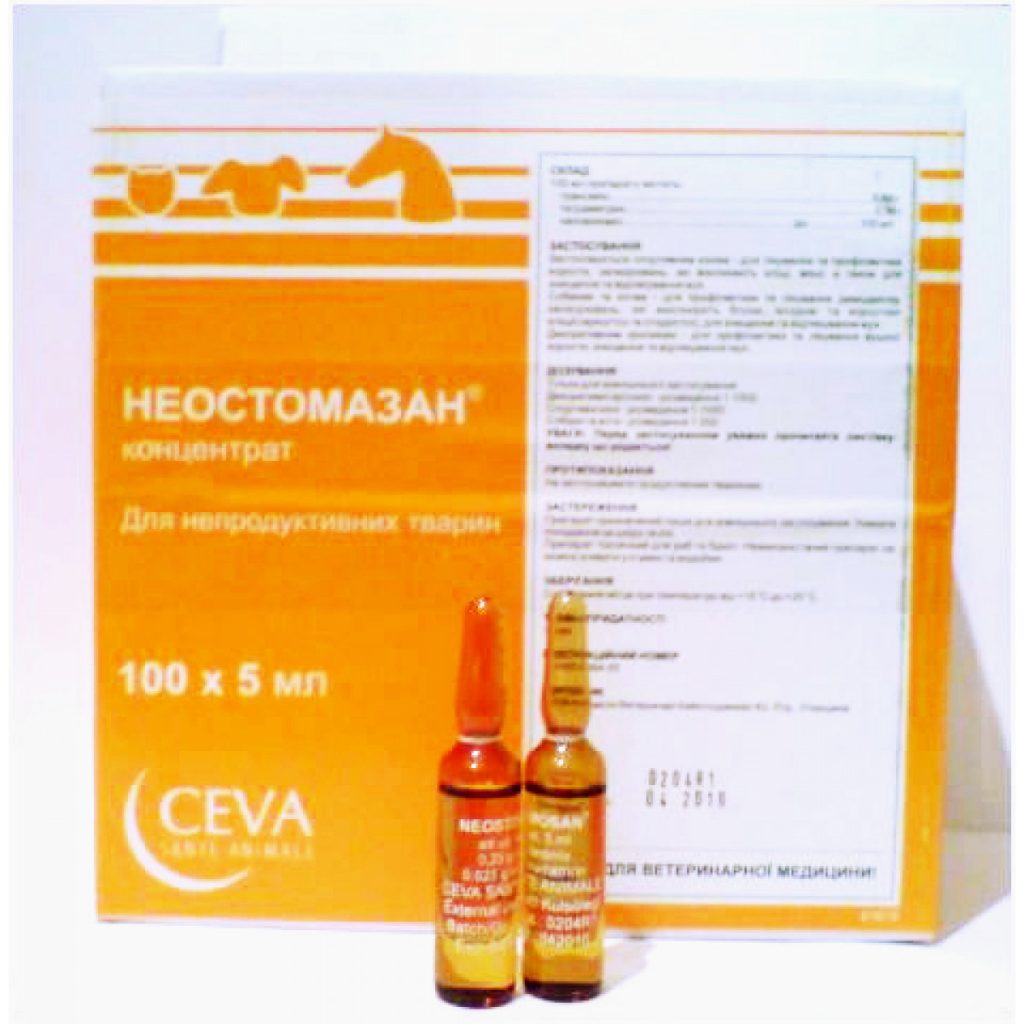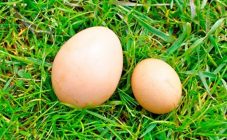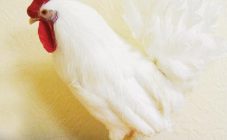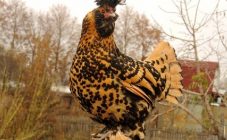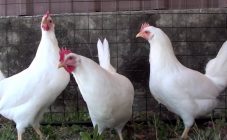Content:
Being one of the most popular agricultural birds, chickens are susceptible to infection with various diseases. The feather cover of chickens plays an important role in life processes. Regulation of body temperature, protection from adverse environmental conditions are the main functions of feathers. One of the most common diseases associated with a change in appearance is partial or complete loss of feathers on the body of a chicken.
What is alopecia
Hair loss in chickens has a scientific name - alopecia. Both in poultry houses and in industrial poultry farms, this disease is quite common. Plumage loss is a big problem, as feathers usually do not recover after falling out. Bare skin areas are more susceptible to the negative effects of pathogenic microorganisms. Signs may form, leading to systemic infection of the bird. All age chickens can go bald, regardless of the direction of the breed. Why do broilers go bald? Laying hens, roosters, broiler breeds in equal conditions can suffer from hair loss. Consider why chickens go bald.
Symptoms and consequences
The percentage of feather cover in relation to carcass weight is 5-9%. The main components of the epidermis skin layer, which is responsible for the elasticity and strength of the feather, are simple proteins. When analyzing the chemical composition of the feather, it was found that 17.7% is occupied by nitrogen.
What to do and why laying hens go bald will be discussed later.
The reasons for feather loss in chickens are:
- depletion of the body after an illness;
- complicated ongoing infectious or bacterial process;
- consequence of inappropriate care and unsanitary conditions of detention;
- unsuitable feed, poor in composition.
The reasons why chickens fall out of feathers may be natural reasons. Besides alopecia, there is a natural shedding process. During this period, the feathers remain elastic, silky to the touch, the character of the bird's color is preserved.
Growing up is the reason why broiler chickens go bald. Juvenile molting during the growing period of chicks can continue from the moment they reach one month of age until the start of the egg-laying period. With proper care, this process proceeds without problems, the bird gradually sheds feathers and fills with new ones.
Seasonal molting in the autumn prepares chickens for winter conditions, the duration of this process is 4-5 months. This is due to a decrease in the length of daylight hours. During this period, there is a decrease or complete absence of the ability to lay eggs, which makes chickens unsuitable for laying eggs. During molting, only the downy layer of feathers changes. During seasonal moulting, the color of the feathers remains unchanged and no receding hairline occurs. The replacement is gradual, spreading evenly throughout the body.
Seasonal molting is not a profitable process for agriculture. The length of the period of no egg production and the overexpenditure of the forage base gave an impetus to the development of a forced molt scheme. If the upper feathers begin to fall in birds, this is a reason to suspect alopecia.
Forced molting takes 2 times less time, returning the livestock to the system for laying eggs. This process is carried out according to the following scheme:
- deprive chickens of light, feed and water for three days;
- there is a massive discharge of feathers;
- after dropping all the feather mass, you should begin to feed the birds.
The fasting period allows you to burn out all the deposited excess fats as much as possible, adequately carry out the regression of the reproductive organs and completely replace the old feather cover with a new one.
After the end of the hunger strike, bald chickens should be given a low-protein feed containing a large amount of fiber. While gradually increasing the nutritional value of the feed, the calcium content should be monitored.
Since forced molt is based on exposure to stressful conditions, careful preparation must be made by removing emaciated, sick chickens from the general herd that are unable to cope with fasting conditions. By checking the health status by checking the vaccination data with the plan, you can reduce the death of livestock during the forced molting process.
True alopecia is divided into partial and complete. With partial loss of feathers, it becomes difficult to detect. Minor losses spread throughout the body usually do not attract attention. Complete alopecia is noticeable almost immediately. The formation of bald spots on the affected area of the body stands out clearly among the general appearance of the chicken. Alopecia begins to appear in a typical pattern. Why do chickens fall out feathers on their backs what to do, the veterinarian will tell during the examination. The starting area for hair loss is the neck, then it spreads to the back, tail, abdomen and chest. Baldness affects the wings last. In case of untimely treatment, an individual may remain completely without feather cover. Ultimately, chickens lose up to 90% of their feathers, including from their heads.
Often accompanied by baldness is the appearance of bruising and bruising. Fading and brittle feathers are the first signs of the development of the disease. Alopecia affects not only real, but also downy feathers. It has been statistically proven that meat and meat-and-meat chicken breeds are more susceptible to this disease, however, there is also a threat of infection for layers.
The importance of eliminating baldness is due to a decrease in egg production in hens, poor weight gain, and an increased risk of contracting infectious diseases. The immune system of these chickens is unable to cope with any of the weakest stressors. The susceptibility of such birds to colds is an order of magnitude higher than that of healthy individuals. The shabby appearance of some individuals can act as a provoking factor in the development of cannibalism in the herd. Which, in turn, will lead to pecking of individuals, their infection and subsequent death.
The reasons for the development of the disease
When the first signs appear in chickens, you should immediately begin to look for the source of the disease. There is no single cause for this disease. When bald patches appear in individuals, several factors should be analyzed.
Inadequate intake of vitamins A and B with feed can lead to the onset of feather loss. Also, alopecia can be triggered by a deficiency of a protein diet containing sulfur-rich amino acids.
Violation of the conditions for keeping the chicken herd in the form of surface contamination, excessive humidity or dryness, winter, insufficient lighting can give an impetus to the start of feather loss.
During the seasonal replacement of feather cover, the feeding of chickens should be 2 times more intense. The natural molting that has begun can develop into typical alopecia, if during this period the birds are not supported with feed additives of sulfur, manganese and potassium. Insufficient content of these components provokes the loss of feathering on the neck, chest and tail. In addition, deficiencies in calcium, iodine and phosphorus also play a role in the maintenance of feathers.
Alopecia treatment
In cases where feather loss is associated with a deficiency of essential substances, the problem is solved by transferring the chickens to a proper balanced diet. By adding vitamins and bait in the form of sulfur (0.2-0.3 grams per 1 portion of feed per 1 individual) or Glauber's salt (1 gram per 1 bird per day) to the diet, the disturbed balance can be restored.
On the shelves of veterinary pharmacies you can find the following complex drugs that help fight the disease:
- Chiktonik is a vitamin supplement that eliminates micronutrient deficiencies;
- Gamavit is an immunostimulating drug;
- Ganasupervit - multivitamin complex;
- Desi spray - spray used for wounds on bare skin;
- Operin is a balanced feed mixture for chickens with alopecia.
Alopecia provoked by parasites can be treated with specialized insecticidal drugs. Front Line, Neomostosan, Ivomek have proven themselves well. In parallel, it is necessary to eliminate the possibility of re-infection by treating the place of keeping chickens with insect-acaricidal powders at the rate of 150 grams per 1 sq. meter. Chickens can be treated with the same powders (10-15 grams per 1 individual).
There are folk tips for treating alopecia:
- Collect dropped feathers and chop. Add the resulting flour to feed. The amino acid cysteine contained in the composition promotes the formation of new feathers;
- Give crushed horns and hooves, they also contain substances that stimulate feather formation;
- In summer, increase the percentage of green forage.
Instead of water, you can pour solutions of potassium permanganate or potassium iodide into the drinker instead of water in the morning feeding.
You can restore thinned plumage by installing ultraviolet lamps, this measure will lead to the activation of skin cells, helping to restore the insufficient amount of vitamin D.
The following foods can help you recover from alopecia:
- oats;
- meat and bone meal;
- legumes;
- roots.
Reducing the amount of fatty foods in the diet of chickens helps to stabilize the problem.
Intramuscular injections of vitamin B12 at a dosage of 30-50 mg help to improve the absorption of sulfur-containing substances. The positive effect of the vitamin on puffiness is especially noted.
Prevention of alopecia
After the restoration of plumage, to prevent the reappearance of the disease, the following rules must be followed:
- During the molting period, enrich the diet with food containing large quantities of organic sulfur (cabbage leaves, legumes, meat and bone meal and blood meal);
- In addition to sulfur-containing products, give complex vitamin supplements;
- Provide enough feed;
- Frequent sanitization of the room with chickens and the use of disinfectants will help prevent the appearance of parasitic pests;
- Make a box with a sand-ash mixture so that the chickens can, while swimming, clean the feathers on their own;
- Lubricating the bases of the feathers with vegetable oil will help to escape from parasite infestation;
- Careful sealing of cracks and joints will prevent rodents from entering;
- Regular walks in the fresh air have a beneficial effect on the immune system;
- Installing UV lamps will provide the necessary level of vitamin D, which restores the skin's ability to grow feathers.
Partial loss of feathers can provoke cannibalism in the flock. At the initial stages of the disease, restoration of sanitary conditions and stabilization of the balance of nutrients are sufficient measures to stop feather loss. In the absence of treatment for chickens, a decrease in the surface of the feather cover, a bald chicken becomes vulnerable to bacterial and infectious diseases. In addition, egg production and weight gain decrease.
